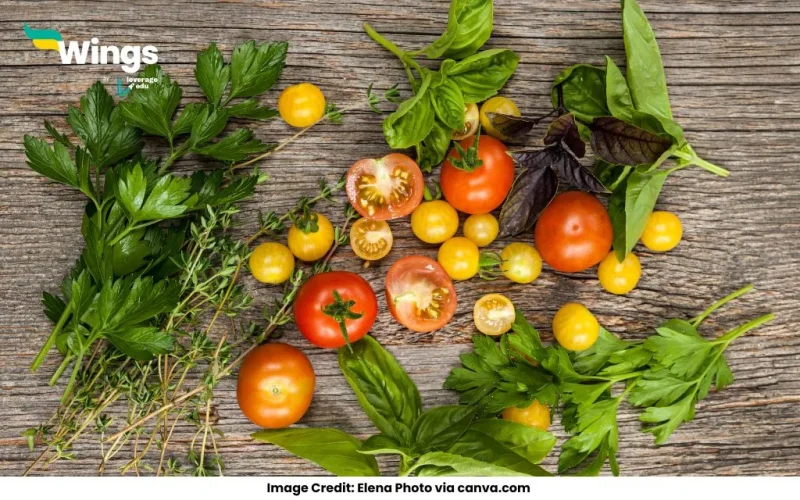Roughage is described as the dietary fibre present in food that is essential for proper digestion. It is mainly composed of indigestible plant materials like cellulose and helps in the smooth passage of food through the digestive system. Two examples of roughage are fruits (like guava and apple with skin) and vegetables (like spinach and cabbage).
Complete Answer:
What is Roughage?
Roughage, also known as dietary fibre, is the indigestible portion of plant-based food. It is made up of substances like cellulose, lignin, and pectin that cannot be broken down by human digestive enzymes. Although roughage does not provide nutrients or energy, it plays a critical role in maintaining a healthy digestive system by adding bulk to the diet and aiding in the movement of food through the intestines.
Importance:
- Prevents constipation: It helps in the proper formation and easy passage of stools.
- Maintains gut health: It promotes the growth of healthy bacteria in the digestive tract.
- Regulates blood sugar levels: By slowing down the absorption of sugar, roughage helps prevent sudden spikes in blood sugar.
- Aids in weight management: Roughage makes you feel full for a longer time, reducing overeating.
Examples of Roughage:
- Fruits: Guava, apple (with skin), orange, papaya, banana, mango, and pear.
- Vegetables: Spinach, broccoli, cabbage, sweet potatoes, spinach, radish, turnip, and carrots.
- Whole grains: Oats, wheat bran, quinoa, millet, and brown rice.
- Legumes: Lentils, chickpeas, black beans, green gram, and beans.
- Nuts and Seeds: Almonds, walnuts, flaxseeds, chia seeds, sunflower seeds
Common Biology Questions:
 60,000+ students trusted us with their dreams. Take the first step today!
60,000+ students trusted us with their dreams. Take the first step today!


 One app for all your study abroad needs
One app for all your study abroad needs










